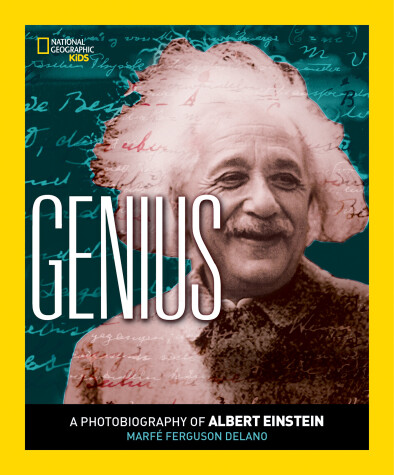National Geographic Photobiographies
3 total works
He slept little at night and so would catnap during the day, anywhere he felt like, even stretching out on his lab table for some Z's. He worked with many assistants, whom he called "muckers," and together they would work round the clock to feverishly develop inventions and beat out their competition. One bout of this earned a group the name, "the Insomnia Squad." Edison even nicknamed his first children, "Dot" and "Dash" after the symbols in Morse code. Thomas Edison was a significant influence on a developing industrial nation, and he was recognized for his achievements even in his own time. When he died at the age of 84, President Herbert Hoover asked all Americans to honor him by turning off their electric lights for a moment of darkness. Edison filled more than 3,000 notebooks with sketches and notes, and the best of that material is captured here. Compelling period images of Edison at work and of his life and times round out a humanizing portrait of a great American.
On the 100th anniversary of the publishing of the special theory of relativity, this National Geographic photobiography chronicles the life of one of the most brilliant scientists who ever lived.
Through compelling text and stirring archival photographs, the author recounts Einstein's life from his privileged childhood in Austria through the crucial years during World War II, and his death 50 years ago in Princeton, New Jersey. Young readers learn about Einstein's remarkable theories that still influence technologies of today and discover the causes he passionately supported such as disarmament and civil liberties.

